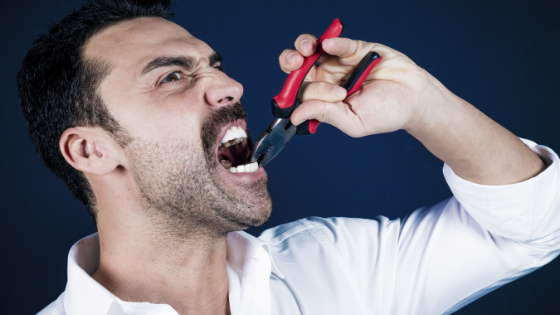
1) Make brushing as fun as possible. Little things can mean a lot to little ones. Letting them choose their own toothbrush will help them engage more with cleaning their teeth. You could clean your teeth at the same time and show them how fun it can be making lots of foam.
2) Get digital! Again this is all about making toothbrushing more fun. There are many fun apps and songs you can enlist the help of. There are also electric toothbrushes which you can link to your phone! We wrote another great blog on how technology can help improve your kid’s toothbrushing. You can have a read here…
3) Inspect their cleaning. Get them involved with inspecting the results of cleaning. You should inspect their teeth every time after you brush. Look in a mirror with them and see if you can spot any plaque or food. You can ask older children to run their tongue over their teeth to see if they can feel any areas they might have missed. Disclosing tablets are also a fun way to check how clean their teeth are.
4) Diet. Kids naturally have a sweet tooth and it’s fine for them to indulge in the occasional treat – but the keyword is occasional. Sweets should not be given daily. The frequency of the teeth being subjected to sugar is generally more important than the quantity when it comes to dental care. This is why it’s also a good idea for children to drink water throughout the day rather than juice.
5) Remember the basics. Brushing twice a day for two minutes with a fluoride toothpaste. This advice is the most simple but it’s also the most important. Regular toothbrushing helps to remove plaque build-up and fluoride toothpaste can help to strengthen and repair daily damage. And lets of course not forget about those regular dental check-ups!
Find out more about children’s dental care…












